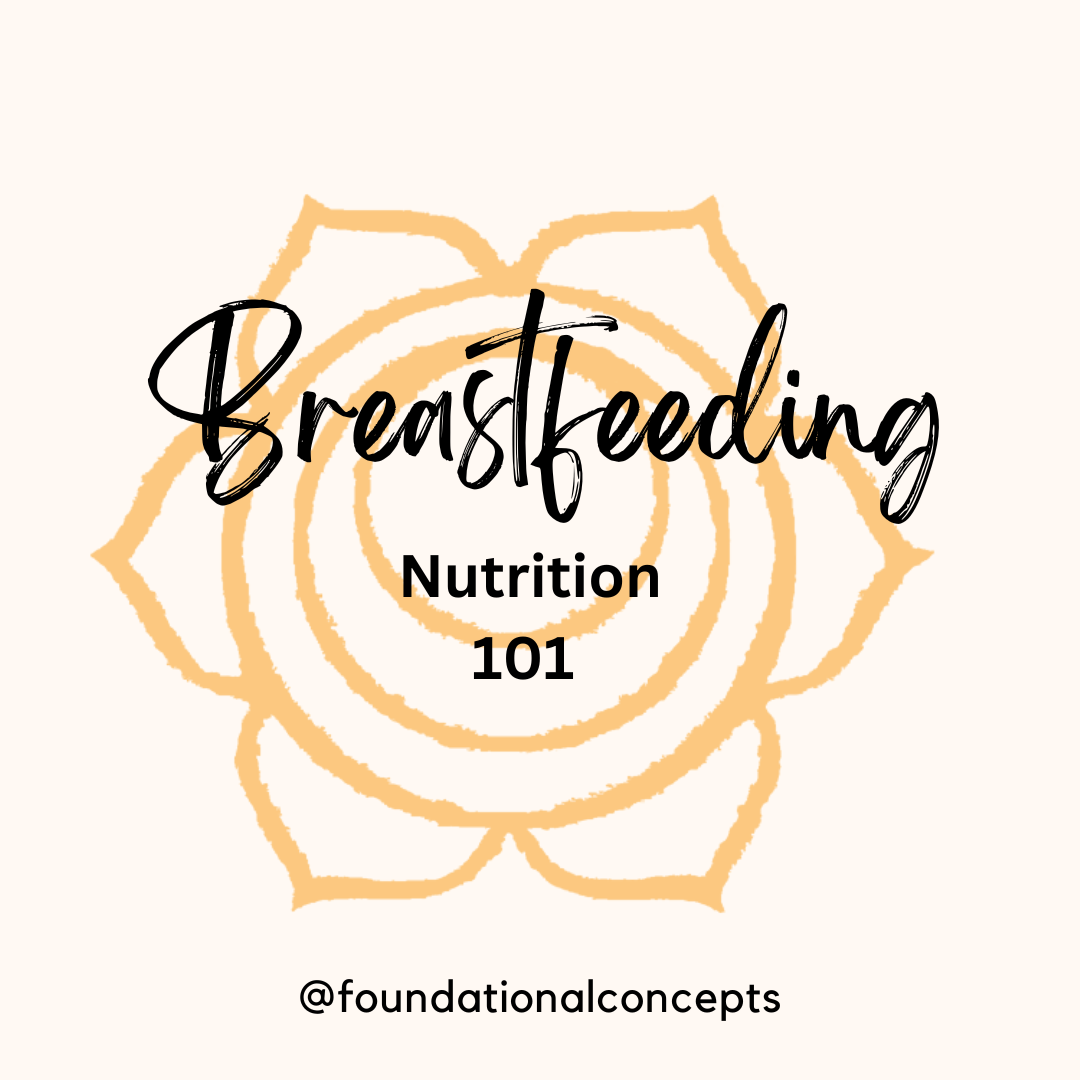Nutrition plays such an important role in our pregnancies and post-partum periods. Breastfeeding requires time…

Pediatric Constipation – What Is It and How Can Parents Help?
The majority of us have read our kids the book Everyone Poops, but some parents are still looking for the My Kid Doesn’t Poop, My Kid Only Poops Every Few Days, or the much needed My Kid Only Poops Hard Rabbit Pellets book. When these books cannot be found on the trusty Google, parents find themselves without guidance in the world of pediatric constipation; a scary and often catastrophizing place to be. I am here to shed some light for you.
Over the next several weeks I will be diving into Pediatric Constipation with a series of blog posts. In this new blog series I will address what pediatric constipation is, the myths of constipation, how to address constipation and determining if pelvic floor physical therapy the answer.
To begin with, let’s talk about what pediatric constipation is. Many parents think constipation is when their kid doesn’t poop for a few days and/or only has hard poops. Actually, pediatric constipation can have a slew of symptoms. Within constipation there is Organic (5% of the population) and Functional constipation (95%). Organic constipation comes from congenital symptoms or abnormalities in musculoskeletal, neurological, metabolic or intestinal systems. Functional constipation does not have an organic cause and sometimes it is called chronic idiopathic constipation. Functional constipation can be caused from a painful poop experience, chronic holding of stool, fear of public restrooms, and even fear of missing out (FOMO – it’s a real thing).
So how do you know if your kiddo is constipated? The Rome III Criteria is the grading scale and to meet the criteria for constipation one must:
- Have symptoms > 3 months
- Must include > 2 of the following:
- Straining
- Lumpy or hard stools
- Less than 3 BM’s per week
- Sensation of incomplete emptying or blockage
- Manual maneuvers to evacuate
- No loose stools without laxatives
*Bergers 2012
This scale means your kiddo can be having daily bowel movements but can still be constipated. Or they might have to squirm on the toilet to pass lumpy stools 2-3x a week.
Slow transit of stool may also be an issue in either type of constipation. Regular digestion time should be between 18-24 hours. Slow transit would be anything significantly over this time frame. Slow transit can be from a dysfunction in the colonic walls or in the nervous system. A simple corn test** at home can aide in parents getting an idea of how their kids’ transit time looks.
**Corn test: have kiddo eat ½-1 cup corn, record time it takes for a bowel movement to occur. Check BMs for first sign of corn remnants, record time.***
Overall, constipation comes in many shapes and sizes (literally & figuratively). By using the Rome III Criteria, parents can assess and gather symptoms from their kiddos to take to their pediatricians to start a treatment plan for healthy bowel patterns.
I hope you enjoyed reading. Look for my next blog post on the Myths of Pediatric Constipation.
Kelsey Beach, DPT/PT. Trained Herman and Wallace Pelvic Rehab Institute Physical Therapist who has a knack for the pediatric pelvic patient.




